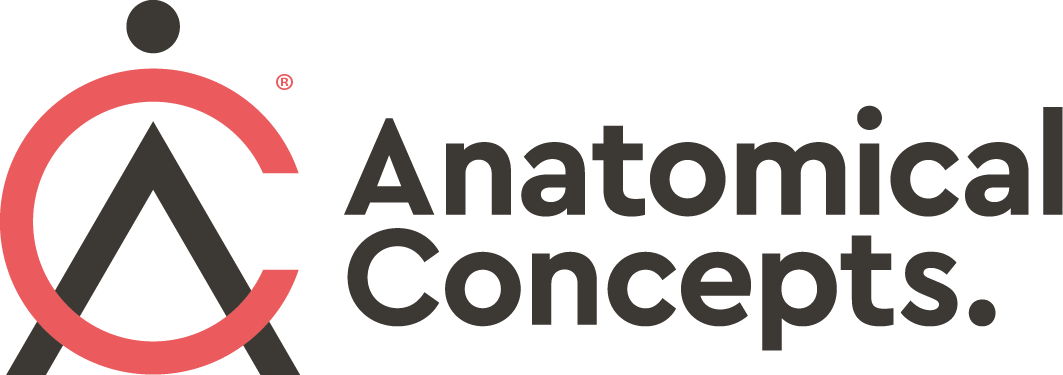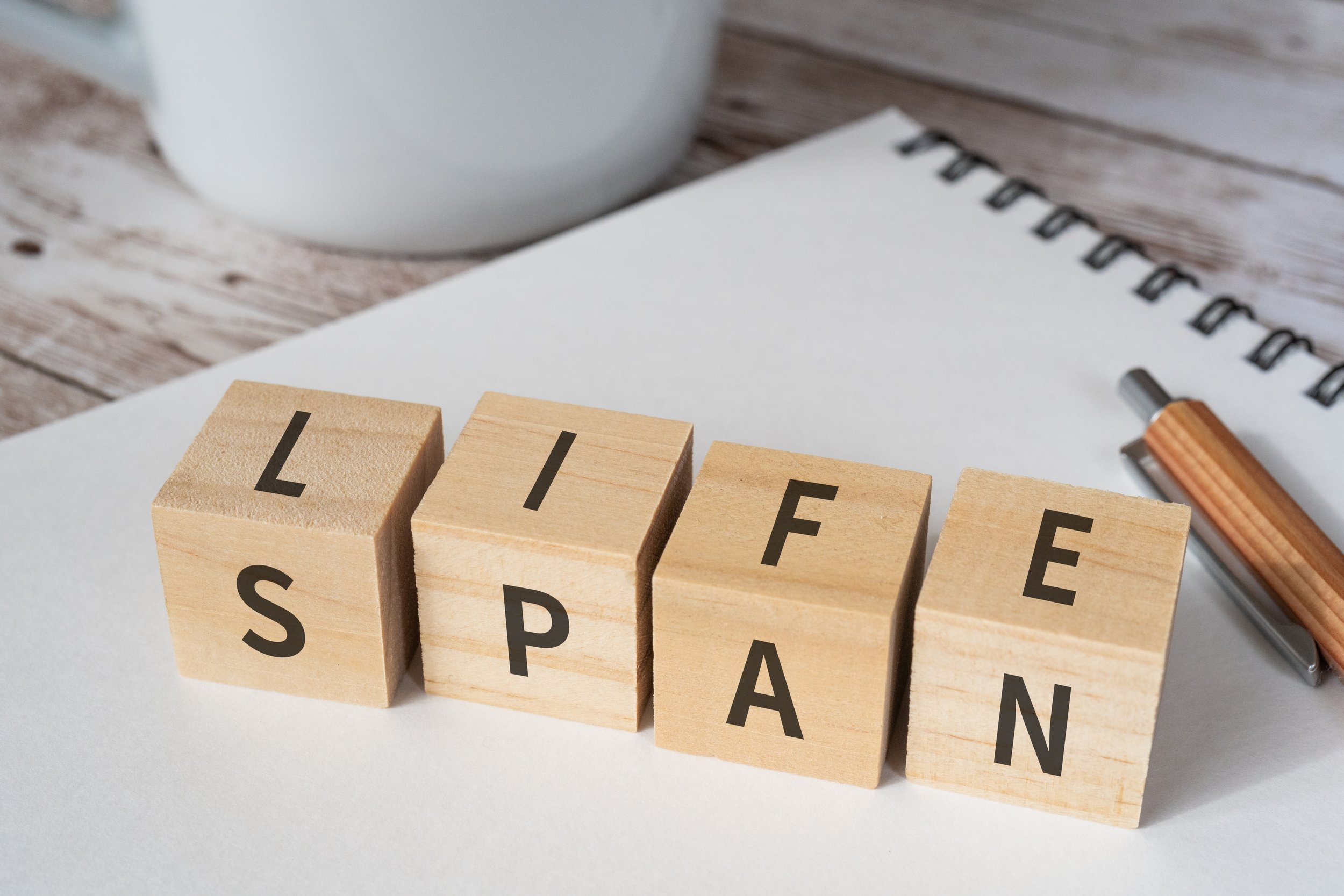Articles
Filter by Topic
- Adaptive Sport 1
- Artificial Intelligence 1
- Bike Labyrinth 3
- Bone density 1
- Brachial Plexus 1
- Bridging the Gap 1
- Bridging the Gap 1
- Carbonhand 4
- Cardiovascular 1
- Client Stories 4
- Cognition 1
- Company Updates 3
- Decision Making 1
- Dementia 1
- Denervation 21
- Diabetic Foot 12
- Efficiency 1
- Electrotherapy 27
- Exercise Benefits 28
- FES Cycling 9
- Functional Electrical Stimulation (FES) 52
- Gait 2
- Goal Setting 5
- Grip 3
- Healthspan 2
- Indego 13
- Lifestyle 8
- Lower Motor Neuron 1
- Mobility 17
- Motivation 2
- NMES 1
- Nerve injury 1
- NexStride 1
- Occupational Therapy 1
- Orthotic 15
- PRAFO 22
- Pain 5
- Parkinsons 2
- Pressure Ulcers 10
- Product Updates 7
- RISE Stimulator 9
- Safety 2
- Sponsor 1
- Standing 4
- Stimulette den2x 5
- Support 1
- TENS 1
- Technology 17
- Tek RMD 21
- Tips and Gadgets 4
Article Length
- 1 minute read 3
- 10 minute read 9
- 11 minute read 6
- 12 minute read 7
- 15 minute read 6
- 18 minute read 1
- 19 minute read 1
- 2 minute read 4
- 26 minute read 1
- 27 minute read 1
- 28 minute read 1
- 3 minutes read 9
- 4 minute read 34
- 5 Minute read 12
- 6 minute read 6
- 7 minute read 13
- 8 minute read 4
- 9 minute read 3
- FES 2
- FoG 1
- PRAFO 1
- Seven Minute Read 1
- awareness 1
- carbonhand 2
- cognitive 1
- cues 1
- freezing gait 1
- freezing of gait 1
- gait 1
- neurological 1
- neuroplasticity 1
- nexstride 2
- occupational therapy 1
- occupational therapy day 1
- orthopaedics 1
- orthotic 1
- parkinson's 1
- pressure 1
- pressure relief 1
- prevention 1
- rehabilitation 2
- stroke 1
- ulcers 1
- world stroke day 1
Can Electrical Stimulation Treat Chronic Wounds?
The short answer to the question is yes it can. Although there is a lot of research literature on the topic, it is reasonable to suggest that the application of electrical stimulation to help resolve chronic wounds is not that well understood or widely practised yet.
There are a variety of different approaches and there is perhaps no optimal approach that has yet been identified. As a consequence, the evidence supporting electrical stimulation for wound healing is always muted due to the variety of protocols that have been used.
Perhaps the approach with the longest use is High Voltage Pulsed Current (HVPC) which dates back to the 1940s. In this article, we will take a look at the nature of wounds, the rationale behind electrical stimulation for wound healing and look at some of the approaches that have been taken.
Curious Facts About Dementia and Handgrip Strength
At Anatomical Concepts, we are getting to grips with the Carbonhand again, so we have been delving into the research literature and sorting through the significant, curious and sometimes serious, facts to do with grip strength and human function. We don’t often write about Dementia but it is one of the conditions that shortens lives and seriously affects healthspan so we certainly don’t doubt it’s importance as a topic.
In Dr Peter Attia's excellent book, "Outlive", he mentions a recent study (by Irene Esteban-Cornejo et al, 2022) looking at nearly half a million patients in the UK which found that grip strength, which is strongly correlated with overall strength and indeed lifespan, was inversely associated with the incidence of dementia. These are findings are from the UK Biobank prospective cohort study.
People with the weakest grip had a 72% higher incidence of dementia compared to those in the top quartile for grip strength (the strongest).
What do we make of this?
Harnessing Revolutionary Technology to Strengthen Your Weak Grip: Carbonhand
Why do we need a good grip? I guess the answer is obvious. Humans use their hands in a multitude of ways. From waving hello and goodbye, to pointing directions, or using sign language, our hands are an integral part of communication in all cultures. Of course, we must grip, lift, hold, and manipulate objects in our daily lives. Unfortunately, the muscles and nervous system that powers these movements can become weak or immobile due to age, illness, or injury. For older individuals, researchers have suggested that grip strength is a “useful indicator for overall health,” and as a biomarker of health status, it may be a better indicator of life expectancy than blood pressure.
At Anatomical Concepts, we often work closely with clients who have neurological conditions such as spinal cord injuries, stroke, MS, cerebral palsy and more. The full list of conditions that can potentially benefit from help is shown below. These individuals may have grip problems and seek in the best case to either recover function via therapeutic exercises or use assistive technology to compensate for lost grip function.
In this article we review Carbonhand from Bioservo Technologies which allows many users to regain the power and the sensitivity of their grip
How to improve life expectancy after spinal cord injury - Part 2
In the first article in this series, we described how the lifespan of our general population increased on average as we moved through the first half of the 20th century. This was largely due to improved public health measures and the arrival of antibiotics. At present, we no longer see lifespan increasing and what is worse, many of us spend the last years of life in poor health and subject to chronic conditions that are associated with ageing. These conditions are:-
Heart disease
Cancer
Neurodegenerative disease
Type 2 diabetes and related metabolic dysfunction
These conditions are highly correlated with age and approximately 80% of the population will succumb to them. To some extent, they may have common causes that we would need to dig deep to uncover. In particular, metabolic dysfunction seems to be a precursor to all these other diseases.
A Genuine Prafo Ankle Foot Orthosis is the Best Option for Your Foot and Ankle Support
In this article, we'll explore the benefits of choosing a genuine PRAFO AFO for your foot and ankle support needs, and why it's the best choice for those seeking the highest level of effectiveness.
Orthotists often confront situations that require quick and confident action and an off-the-shelf solution to common heel, foot and ankle issues. It might be for heel pressure ulcer prevention or treatment with a vulnerable patient - perhaps following a hip fracture, with diabetic foot disease or post-stroke.
With so many different product options on the market, it can be overwhelming trying to determine which one is best for you. However, if you're looking for a high-quality ankle foot orthosis (AFO) that instantly provides the ultimate heel and foot protection and support whether the patient is ambulant or recumbent, you can't go wrong with a genuine PRAFO ankle foot orthosis (AFO). But what do we mean by a genuine PRAFO? Well, there is only one source of these.
PRAFO AFOs have been designed by experienced orthotists since 1990 to fit the clinical and biomechanical requirements of practising orthotists; providing unmatched protection and stability to the foot and ankle complex. PRAFO AFOs are a reliable option giving many of the benefits of a custom solution with off-the-shelf products.
How to improve life expectancy after spinal cord injury - Part 1
Welcome to the first of a series of articles that will tackle the topic of improving life expectancy after a spinal cord injury. The goal of these articles is to provide valuable information on how to not just live longer, but healthier. We all want to age "gracefully", and that's why we need to start thinking about healthspan rather than just lifespan. Research suggests that the life expectancy of persons following a traumatic spinal cord injury has been improving since the 1950's but remains shorter compared with the general population. We will discuss why the length of life is not the only thing that counts.
In this first article, we will discuss the importance of healthspan and what we can do to achieve it. Living longer is great, but what's even better is having the physical ability to perform daily activities and participate fully in the life we want. Subsequent articles will delve into how spinal cord injuries affect lifespan and provide insights on creating a plan to live healthier.
So, let's take charge of our health and work towards enjoying a fulfilling life. Let's start by looking at the population at large and introduce the concepts of lifespan and "healthspan" and see why we don't want to have a long life unless it is also a healthy life.






